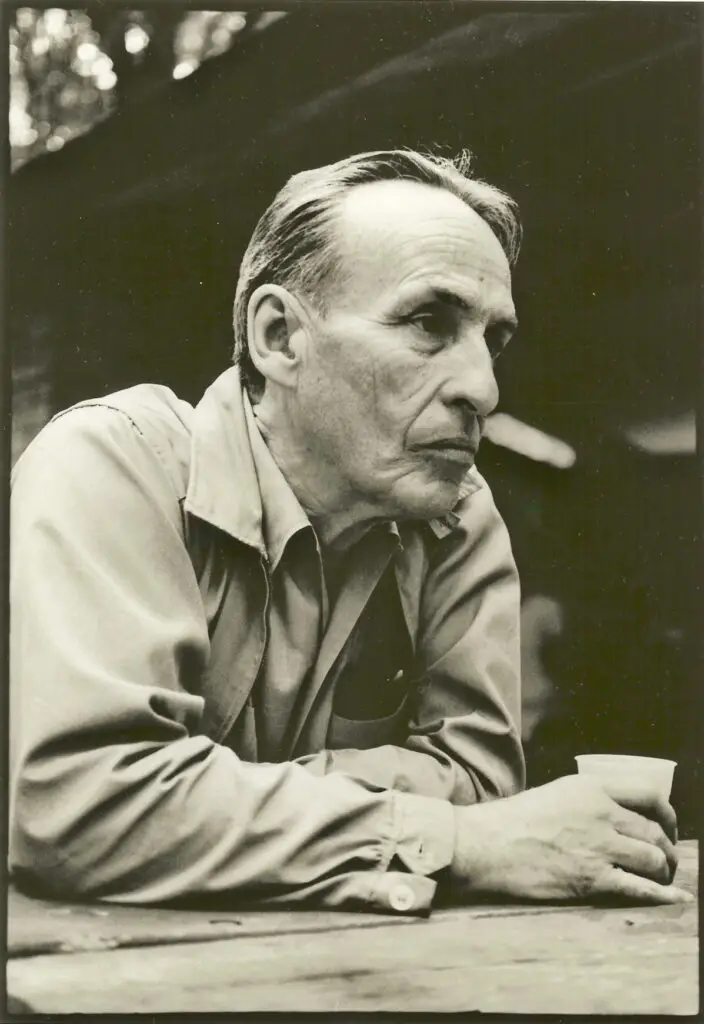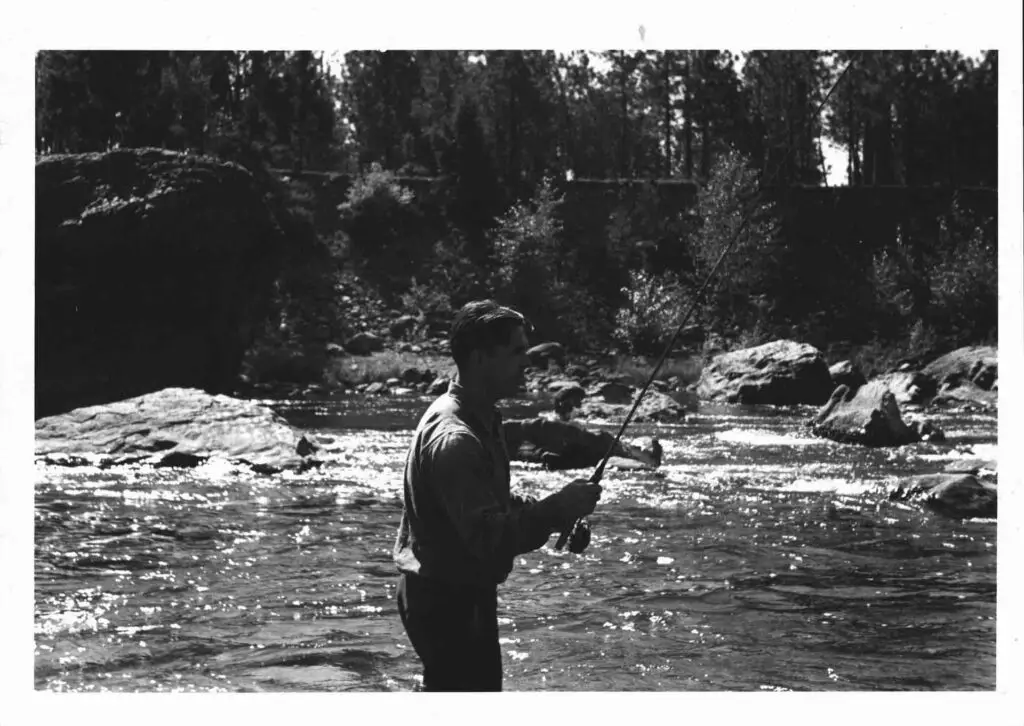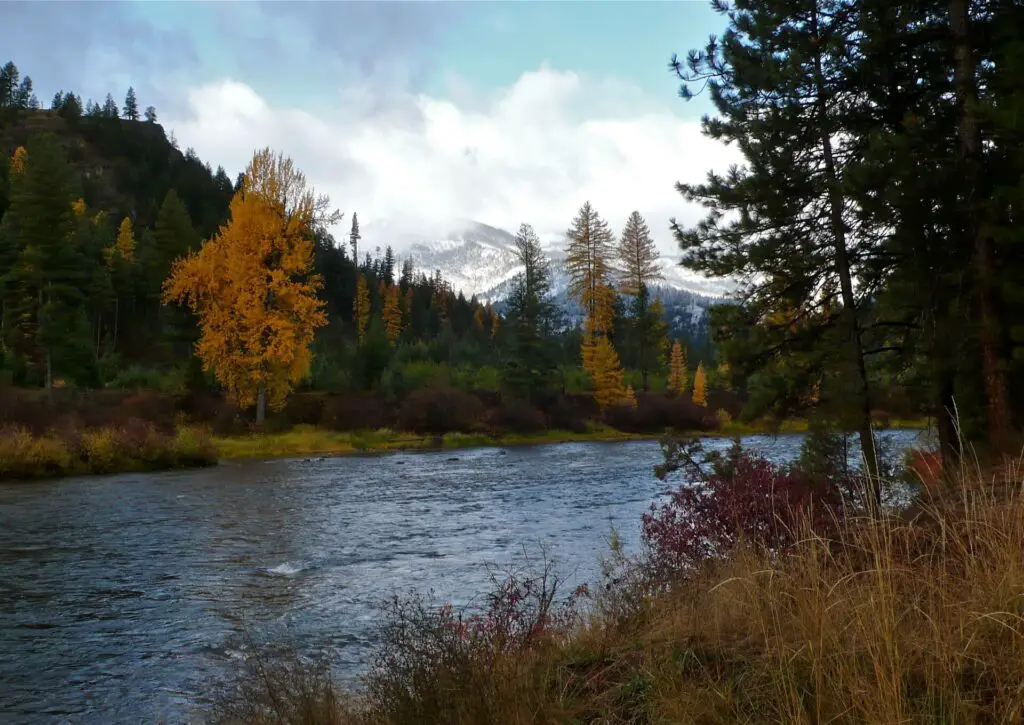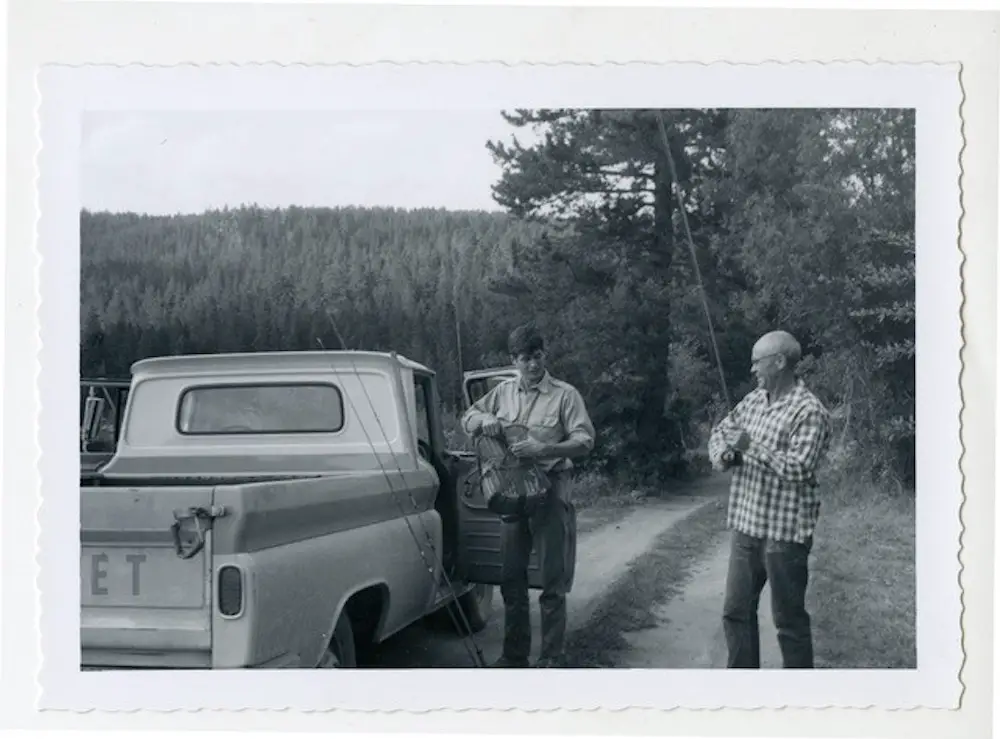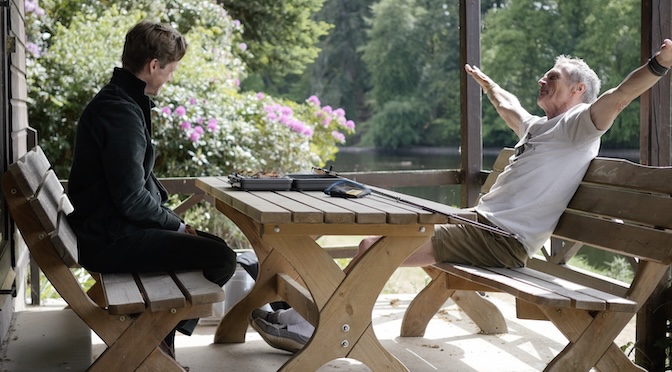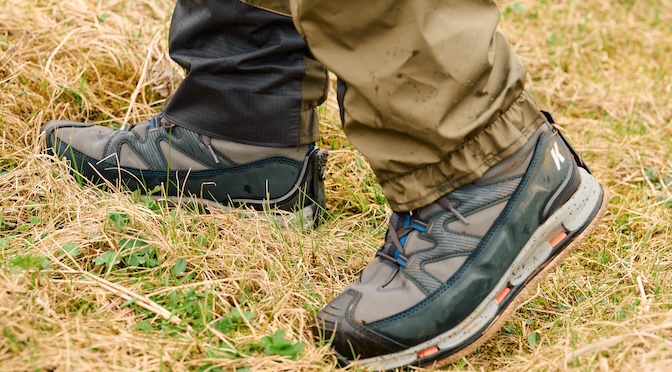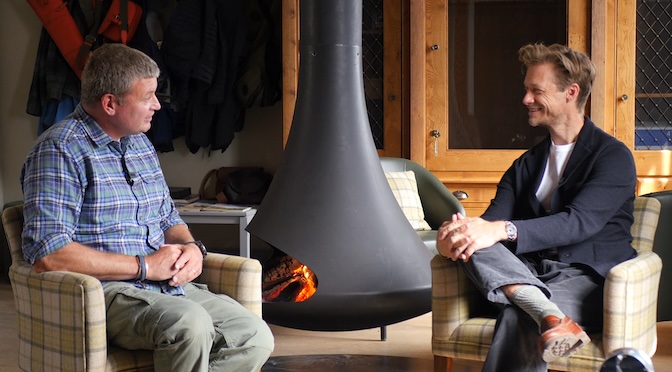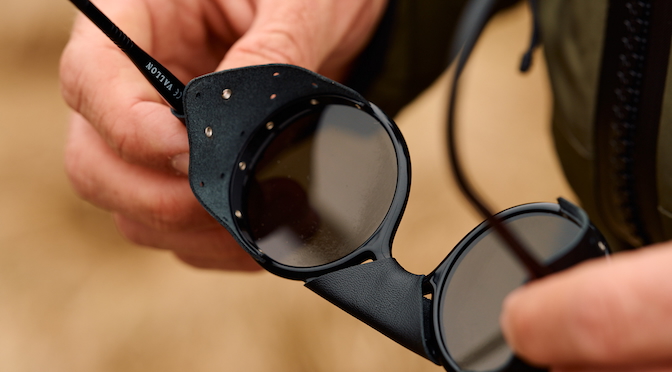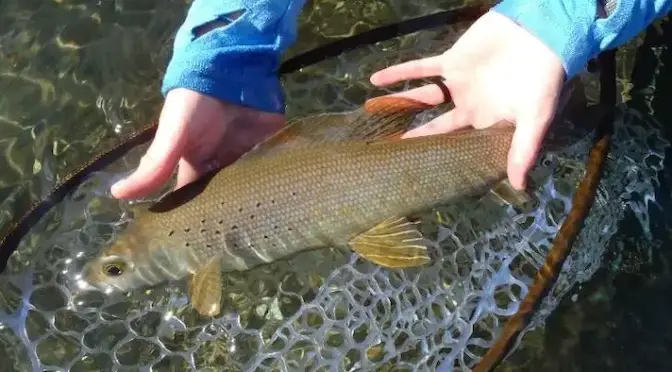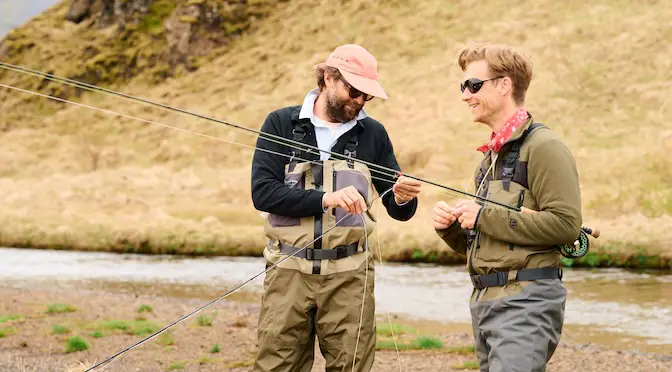Last updated on September 21st, 2021.
- Generational Divide - September 13, 2022
- Mousing for Trout at Night - September 6, 2022
- Best Fly Rod Roof Rack – Top 7 of 2024 – Buyer’s Guide - July 4, 2022
In his new book Home Waters, John N. Maclean, son of Norman Maclean, author of A River Runs Through It, reflects on his family’s storied fishing history.
The famous book by John’s father Norman Maclean was turned into a movie by Robert Redford. The film starring a young Brad Pitt gained fans around the world that had never heard of fly fishing before. In his new book Home Waters, John N. Maclean reflects on his family history and what effect A River Runs Through It had on his life. We talked to John about how this book came about and what it means to him.
The Wading List: In your book you talk about your father writing A River Runs Through It to cope with
the death of his brother. In which way can the writing of your book be compared in the
sense of coming to terms with such a family history?
JNM: Home Waters started out as a fish story and over time, a lot of time, became something
more. I did not set out to reconcile myself to having had Paul Maclean as a shadow person
throughout my life. But in a way, that’s one of the things that happened. A River Runs through It
helped my father turn the murder of his brother into something more meaningful, though I don’t
think he saw the full extent of what he’d done. Paul’s true legacy is much broader and richer than
a romanticised version of his death. A River Runs through It has brought the consolation of
compassion to the many who, like my father, reached out to help a wayward sibling and failed.
The Wading List: Has the success of your father’s book made it easier or harder for you to write Home
Waters?
JNM: It made Home Waters possible. I owe my start as an author a quarter century ago to the
success of my father’s books: they helped me step out of the newspaper business and become a
book author. Being compared to the author of two great works, A River Runs through It and
Young Men and Fire, has had its drawbacks. But overall, and especially now that I have a long
track record of my own—Home Waters is my sixth book—it has been decidedly positive.
The Wading List: In your book you talk about your uncle Paul’s fly fishing legacy. Has he turned you into
a better fly fisher despite the fact that you never met him?
JNM: Oh, yes. My own fishing style is a blend of George Croonenberghs, my father, me, and
Paul. I take responsibility for mangled casts and lost fish. I love to make those long hero casts,
way out there in the heavy water. Frankly, you have about two and a half seconds of fishing time
with a cast in the 80 foot range—there’s just too much water action on the line. But it’s an awful
lot of fun, and it can on occasion produce a giant from the deep.
The Blackfoot Then and Now
The Wading List: Is it still possible for you to experience the legacy of your ancestors when fishing the
Blackfoot despite the development it went through after it became so famous because of your father’s book?
JNM: Yes, but it’s not easy. The river is overrun not just with boats but also with bank
fisherfolk. It’s not combat fishing yet, but it’s heading that way.
The Wading List: One of the topics in Home Waters is the preciousness of the natural world. With
Montana becoming ever more crowded with fly fishermen and women, what needs to be
done to preserve this beauty?
JNM: I wish I knew. Sensible restrictions would help, but they aren’t on the horizon. As you
note, it isn’t just the Blackfoot River, although it has special problems. It’s the whole fishing
scene.
The Wading List: Will you pass the fly fishing legacy of the Macleans on to your family members?
JNM: My sons are of adult age and both fish: done and dusted.
The Wading List: Do you have plans to write another book on fly fishing sometime soon?
JNM: No, I do not. I plan to keep on writing, so who knows what will happen. I have been
working on another book about a fatal wildland fire, the Yarnell Hill Fire of 2013 that nearly
wiped out a hotshot crew. There have been books and a movie about that fire, so there’s no
hurry. But it’s a difficult and demanding project.
The Wading List: Which author inspired your writing style / which author do you admire?
JNM: My father schooled me in writing when I was very young. He drilled into me that writing
must be clear and straightforward. But as with fishing the time came when I needed other
masters of the art. He introduced me to Hemingway’s Big Two-Hearted River before my teens
and it’s stuck with me ever since. I used to fish that river and others in the Upper Peninsula when
I was a young reporter—the real-life trip that inspired the story was on another river, and
Hemingway wasn’t alone as Nick Adams is in the story; but so what. That story inspired me to
become a writer. It’s an almost perfect evocation of what it feels like to be young, alone in the
wild, catching—and losing—trout.
I’ve gone through enthusiastic periods about many writers and gobbled up their stuff, from
Mark Twain to Homer, from Arthur Conan Doyle to Patrick O’Brian, and the common attraction
for me is that they are clear stylists and great story tellers. They know how to grab and hold
readers, to transport them to a place and make them feel as though they’re part of the action,
whether it’s a steamboat on the Mississippi River, the plains of Troy, fog-drenched London, or
the deck of the dear H.M.S. Surprise. They put you right there. And that’s what I have always
tried to do with my writing.

